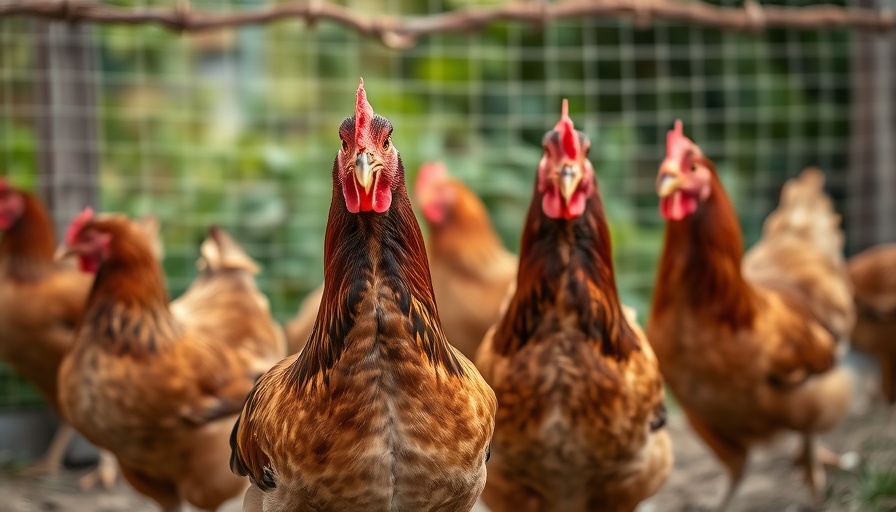
Understanding Bird Flu: A Growing Concern
Bird flu, or avian influenza, once primarily a concern for birds, is now reaching beyond aviaries into the broader animal kingdom and potentially affecting human health. Known scientifically as H5N1, this type A influenza virus is notable for its ability to infect a variety of mammals in addition to its traditional hosts. Recent developments have alarmed public health officials as infections have been observed in diverse species from domestic cats to dairy cows.
How Does Bird Flu Spread?
This virus is primarily spread by migratory birds, which can carry the virus over vast distances, subsequently infecting wild birds in new environments. As witnessed in North America, the spread to mammals raises significant questions about the potential for mutations that could make the virus more dangerous to humans.
Is the Risk of Human Infection Increasing?
While the immediate risk to humans remains low, experts caution against complacency. The Centers for Disease Control and Prevention (CDC) has reported cases in the U.S., though most have been mild. Among the 70 documented cases since early 2024, only one has resulted in death. Nonetheless, researchers at institutions like Arizona State University are closely monitoring and studying the virus, emphasizing the need for preparedness and public awareness.
What Can You Do to Stay Safe?
Understanding how to protect oneself from bird flu involves staying informed and practicing general health guidelines, especially around domestic and wild birds. Regular hand washing and avoiding contact with sick birds can mitigate some risks. Moreover, being aware of local outbreaks and following health advisories are key to remaining safe.
As bird flu continues to evolve, vigilance is crucial. Experts urge the public to engage with health resources and remain aware of emerging research to better prepare for potential future risks posed by this virus.
 Add Row
Add Row  Add
Add 




Write A Comment